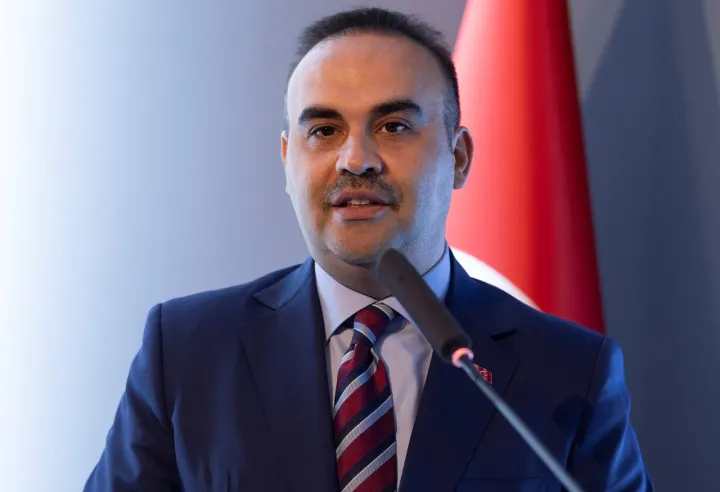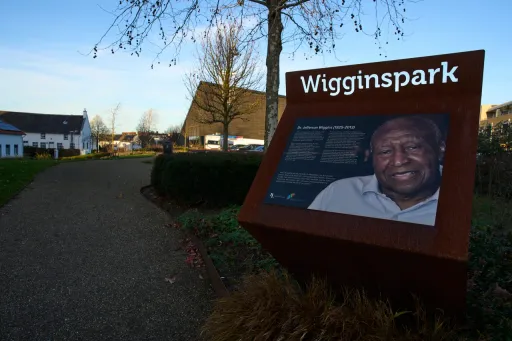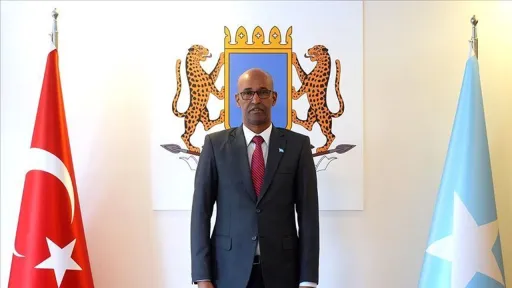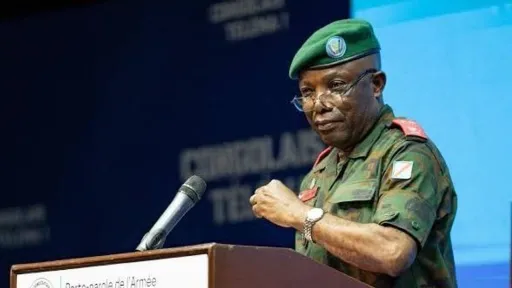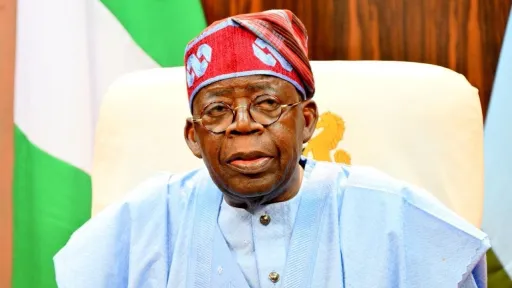By Kevin Phillips Momanyi
When Kenya experienced sporadic protests over the introduction of higher taxes by the government, social media in the country was awash with pictures, messages, videos and audios.
Some of the postings, especially those involving fatality statistics, were fake.
Kenyan opposition leader Raila Odinga had organised weekly demonstrations to pile pressure on President William Ruto’s administration to repeal higher taxes on fuel and salaries.
Slightly more than 20 people died, according to official records, but the opposition alleged the death toll was over 50.
When there is a glut of videos, messages, pictures and audios, how do you ensure that what you consume is credible?
Parody accounts
Before believing or forwarding content you suspect to be legitimate, check if the account that has published the message, video or image belongs to a credible person or office.
For instance, a parody account of Kenyan President William Ruto published a tweet on July 12 in Kiswahili language, saying the government had set aside Ksh50 billion ($350.6 million) to buy tear gas canisters that would be used to disperse protesters.
Ruto’s real Twitter account is verified, and has a grey checkmark next to the user’s name. The grey tick indicates that the account belongs to a government institution, official or multilateral organisation.
When an account tweets a message that appears to come from a senior government official, it is advisable that you be on the lookout for the credibility checkmarks.
‘Too good/colourful to be true’
The second screengrab above says a man was arrested, supposedly by the Kenyan police, for declaring in public that he had stopped supporting President Ruto, and had instead channelled the support to opposition leader Odinga.
The claim is too outrageous to be true. The Kenyan law protects the freedoms of association and expression.
It is, therefore, advisable to exercise skepticism, especially on claims that appear to be too good, radical or colourful to be true.
False representation
A Twitter user, Phinel Senior, had taken to the social media platform to claim that foreign diplomats in Kenya were leaving the country in droves due to the political situation in the country.
Someone coming across the image for the first time would mistake its caption to be a true representation of the happenings.
However, one can quickly fact-check the image by uploading it to a Google Reverse Image Search tool, and an analysis of the picture would reveal where and when it was taken. The analysis would also disclose the platform the image was first uploaded on.
A reverse image search on the above picture reveals it was taken on July 13, 2023 when foreign students arrived in Tanzania for a three-day visit.
Politicians' propaganda
Be wary of messages, videos, images and audio clips shared by politicians, especially those who are known to have an obvious political bias.
During the protests in Kenya, Samson Cherarkey, who is the Senator for Nandi County in Rift Valley, and also a key supporter of President Ruto, tweeted an image, saying that business operations in Nairobi’s central business district were uninterrupted during the tax-hike protests.
Media footage by credible news organisations such as the privately-owned NTV, however, showed that there was little activity in the city centre.
It is advisable to counter-check politicians’ remarks and posts with credible news outlets.
A quick reverse-image search indicated that the picture Cherarkey shared was published on September 20, 2019 on Stockholm Environment Institute's website following the renovation of Nairobi’s Luthuli Avenue, and it is credited to a photographer called Mark Ojal, who took it in May 2019.
False context
This refers to using a real video, image or audio, but in a false context.
For instance, during the recent protests in Kenya, a video clip of a vocal opposition politician, Babu Owino, who is a Member of Parliament (MP) for Embakasi East Constituency in the capital Nairobi, was arrested upon landing at the Jomo Kenyatta International Airport (JKIA) on July 19.
A few days later, he was arraigned and charged with political incitement. He was, thereafter, freed on cash bail. A video clip would later emerge, suggesting that police officers had re-arrested him shortly after his release.
The video footage went viral. However, a search indicated that the video was recorded in 2017, when Owino was arrested for allegedly making crude remarks against the family of Kenya’s then-president Uhuru Kenyatta.
It is advisable to exercise skepticism and also counter-check messages with official or credible sources before believing or forwarding such material.


